Introduction
Contents
The Solar System, a cosmic surprise that has captivated human curiosity for hundreds of years, is a significant and problematic association of celestial bodies orbiting the Sun. Comprising 8 planets, each with its wonderful traits, the sun system is a captivating subject of study and exploration. In this exact article, we can delve into the specifics of every planet, unraveling its specific functions, atmospheric compositions, and captivating phenomena.
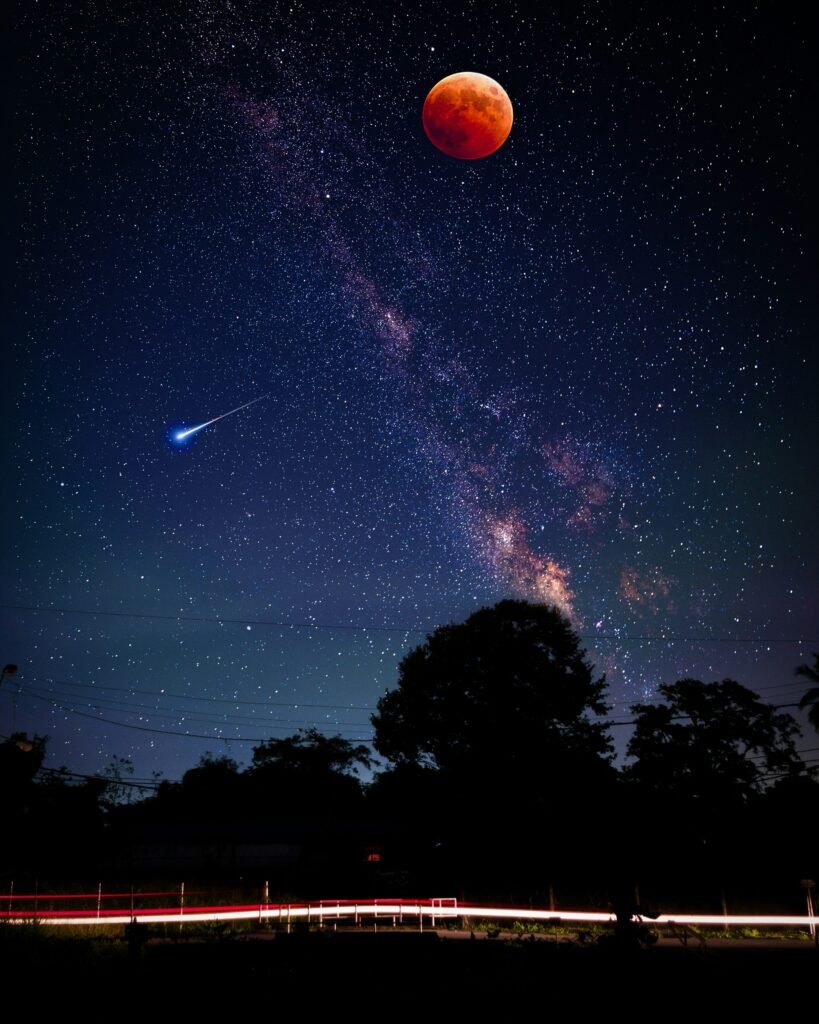
Mercury: The Swift Messenger
- Proximity to the Sun: Mercury, the nearest planet to the Sun, orbits at an average distance of approximately 36 million miles (fifty-eight million kilometers).
- Orbit and Rotation: Despite its proximity, Mercury has a sluggish rotation, finishing one orbit in approximately 88 Earth days.
- Surface Features: Mercury’s floor is heavily cratered, comparable to Earth’s Moon, with extremes in temperature due to its lack of a vast environment.
- Thin Atmosphere: With no real surroundings to talk of, Mercury experiences vast temperature variations between its scorching days and frigid nights.
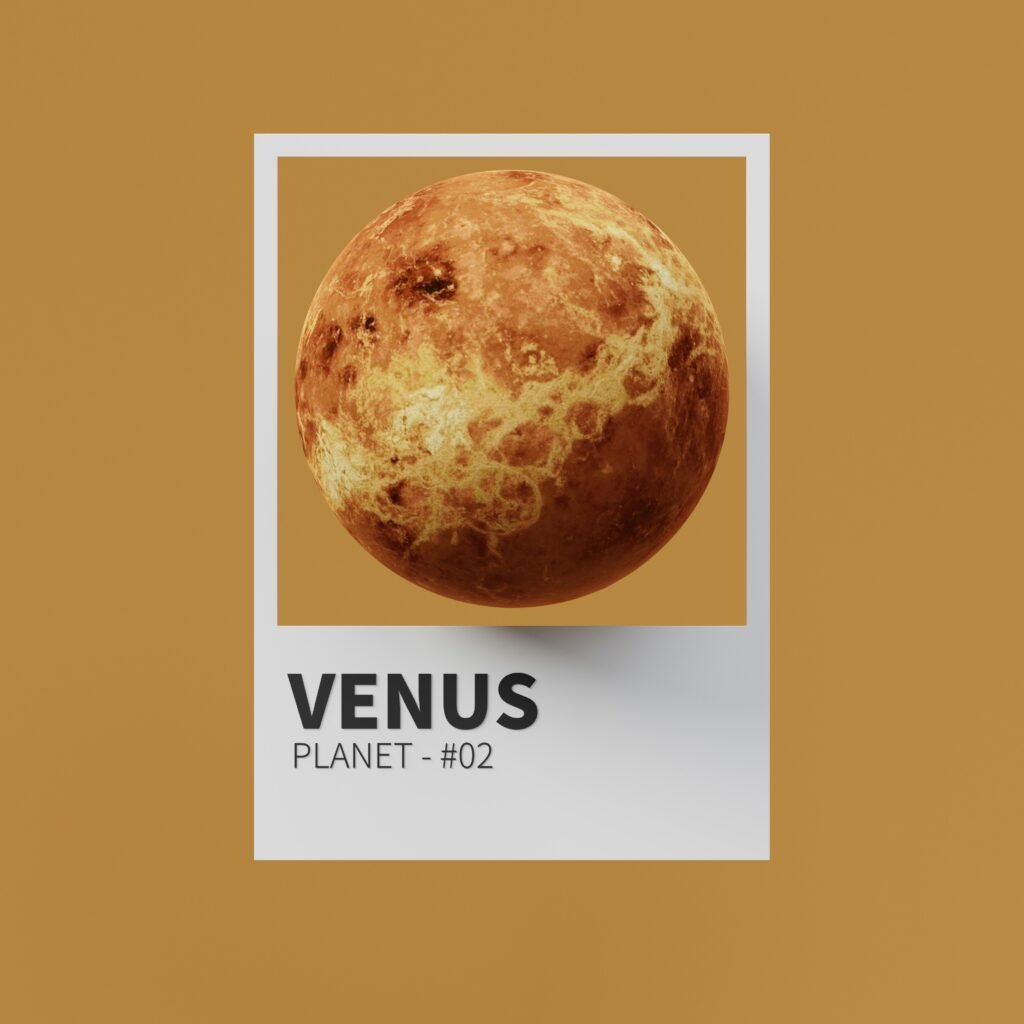
Venus: Earth’s “Sister” Planet
- Atmospheric Composition: Venus, the second planet from the Sun, boasts a thick atmosphere ordinarily composed of carbon dioxide with clouds of sulfuric acid.
- Greenhouse Effect: The excessive greenhouse impact on Venus affects in surface temperatures achieving a blistering 467 levels Celsius (872 tiers Fahrenheit).
- Retrograde Rotation: Venus rotates slowly on its axis in a retrograde path, opposite to the majority of planets.
- Surface Features: Venus reveals numerous surface capabilities, along with plains, mountains, and impact craters, seen through spacecraft missions and radar mapping.
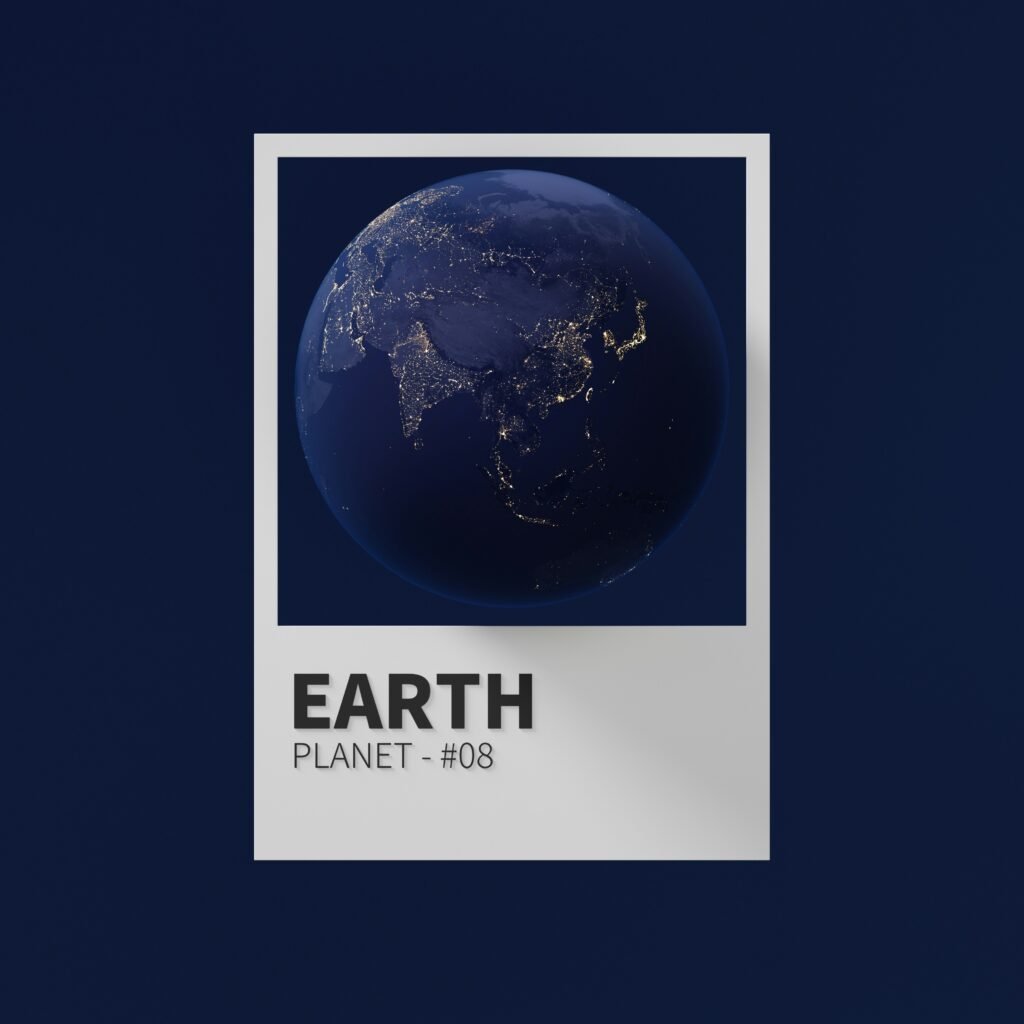
Earth: The Blue Planet
- Supporter of Life: Earth, the 0.33 planet, is the handiest recognized celestial frame supporting a giant array of lifestyles, with numerous ecosystems and a breathable ecosystem.
- Geological Activity: Tectonic plates on Earth make contributions to geological interest, consisting of earthquakes, volcanic eruptions, and the introduction of mountain stages.
Three. Moon’s Influence: Earth’s single moon performs a vital function in stabilizing its axial tilt and influencing tides.
Four. Orbit and Rotation: Completing one orbit in approximately 365.25 days, Earth rotates on its axis, resulting in day and night time cycles.
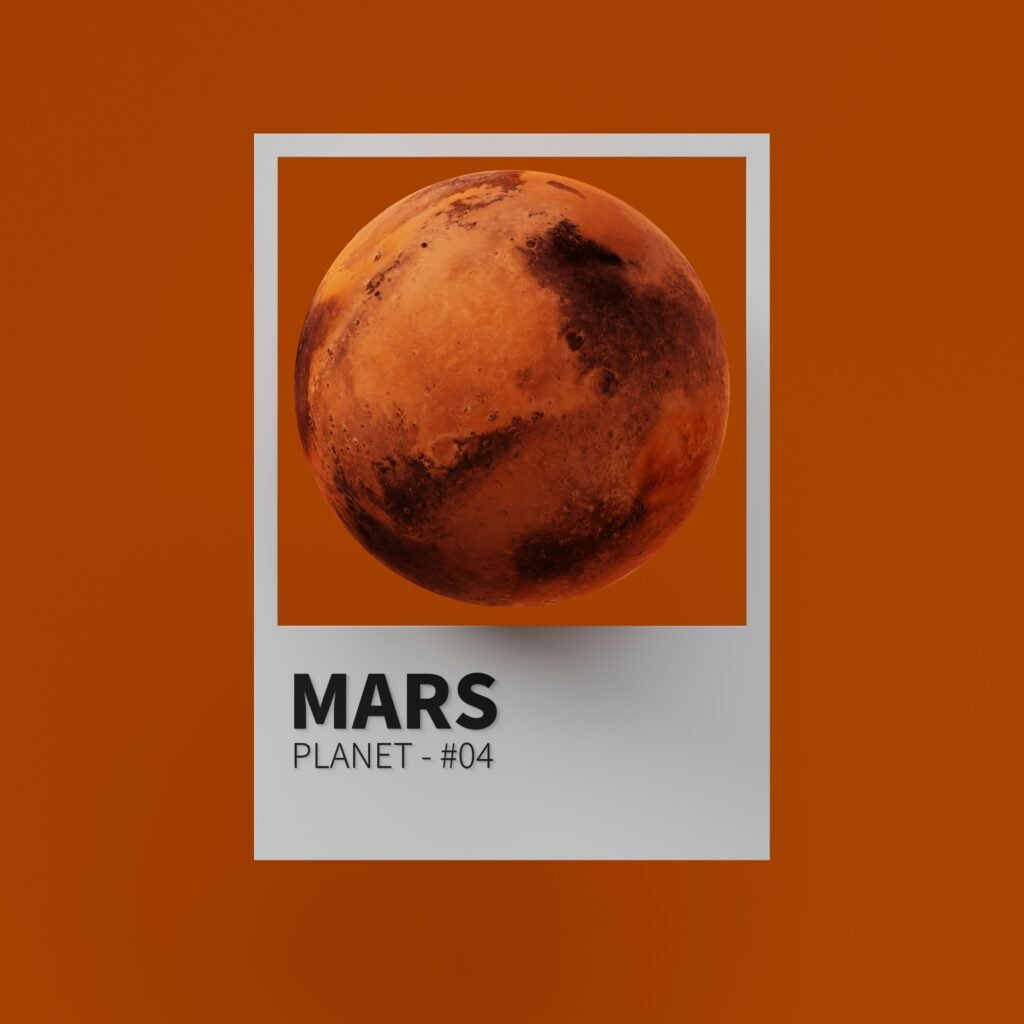
Mars: The Red Planet
- Surface Diversity: Mars, the fourth planet, boasts numerous surface features, including deserts, polar ice caps, and the massive Olympus Mons volcano.
- Thin Atmosphere: The skinny ecosystem allows for hot temperature variations, and dust storms can cover the entire planet.
- Exploration: Rovers like Spirit, Opportunity, and Curiosity, along with orbiters like the Mars Reconnaissance Orbiter, have provided treasured records on Mars’ geology and climate.
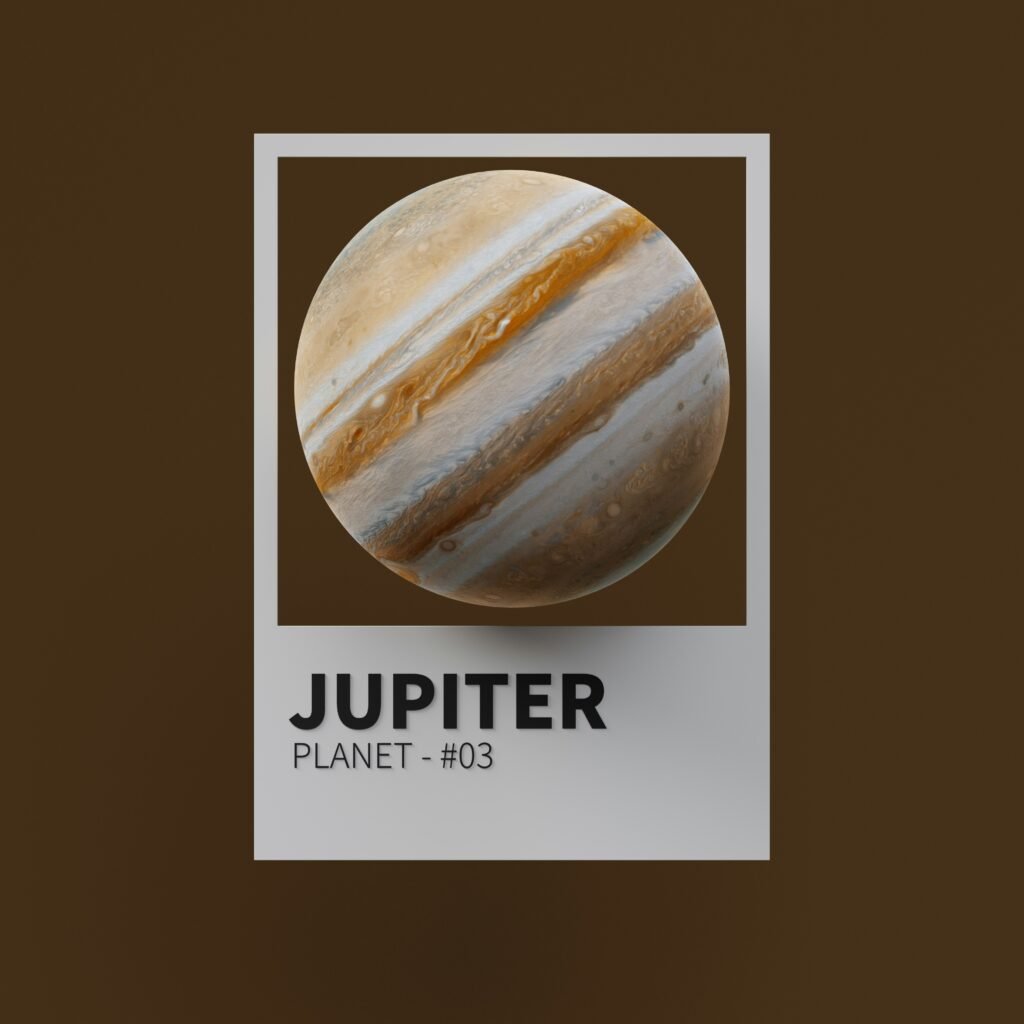
Jupiter: The Giant of the Solar System
- Gas Giant: Jupiter, the largest planet, is a gas large with a robust magnetic area and a dynamic ecosystem providing distinguished bands of clouds.
- Great Red Spot: Jupiter’s Great Red Spot is a large storm that has endured for centuries, and the planet’s magnetosphere creates severe radiation belts.
- Numerous Moons: Jupiter hosts a large number of moons, with the 4 biggest—Io, Europa, Ganymede, and Callisto—known as the Galilean moons.
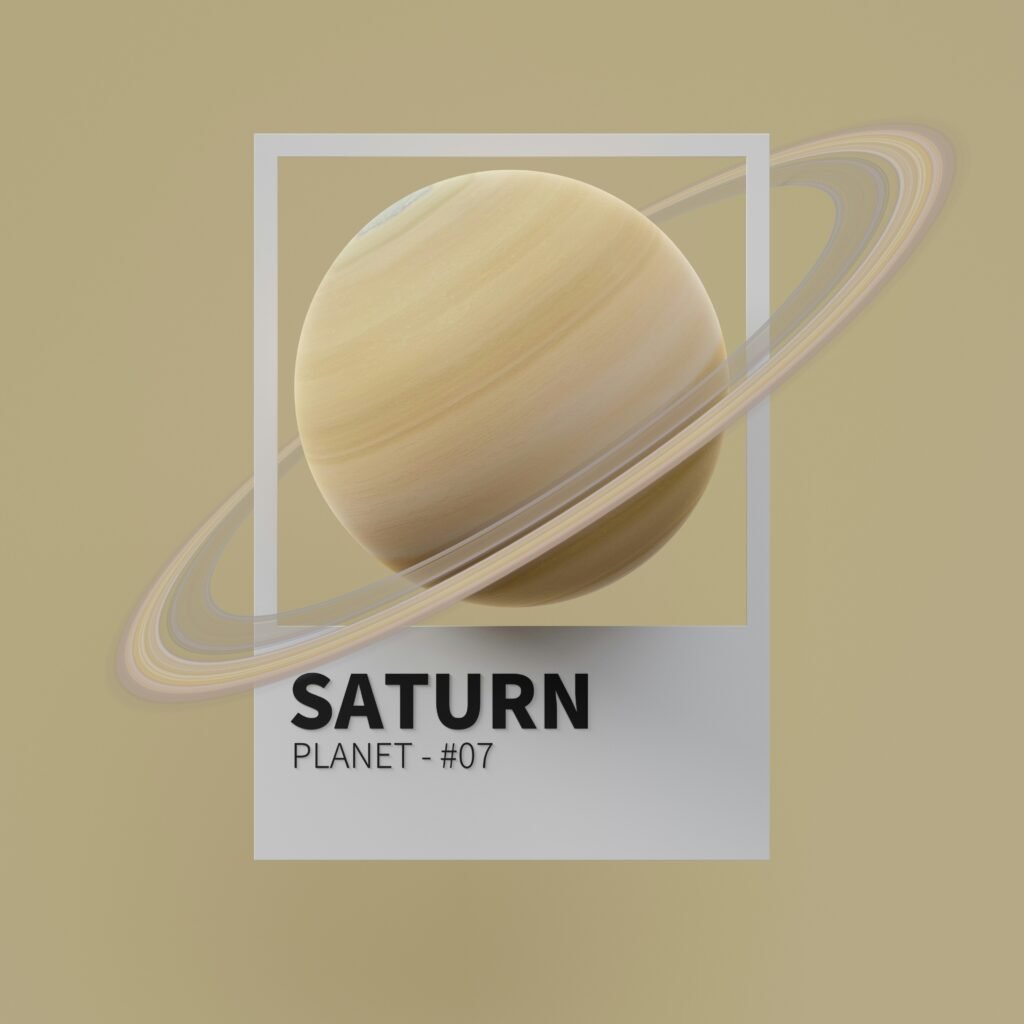
Saturn: The Ringed Wonder
- Iconic Rings: Saturn, the 6th planet, is famous for its astonishing ring device, which includes icy particles and debris.
- Ring Characteristics: The jewelry, huge and sizable, is divided into numerous ringlets, each displaying unique patterns and systems.
- Titan: Saturn’s biggest moon, Titan, boasts thick surroundings and is the handiest moon with lakes and rivers of liquid methane and ethane.
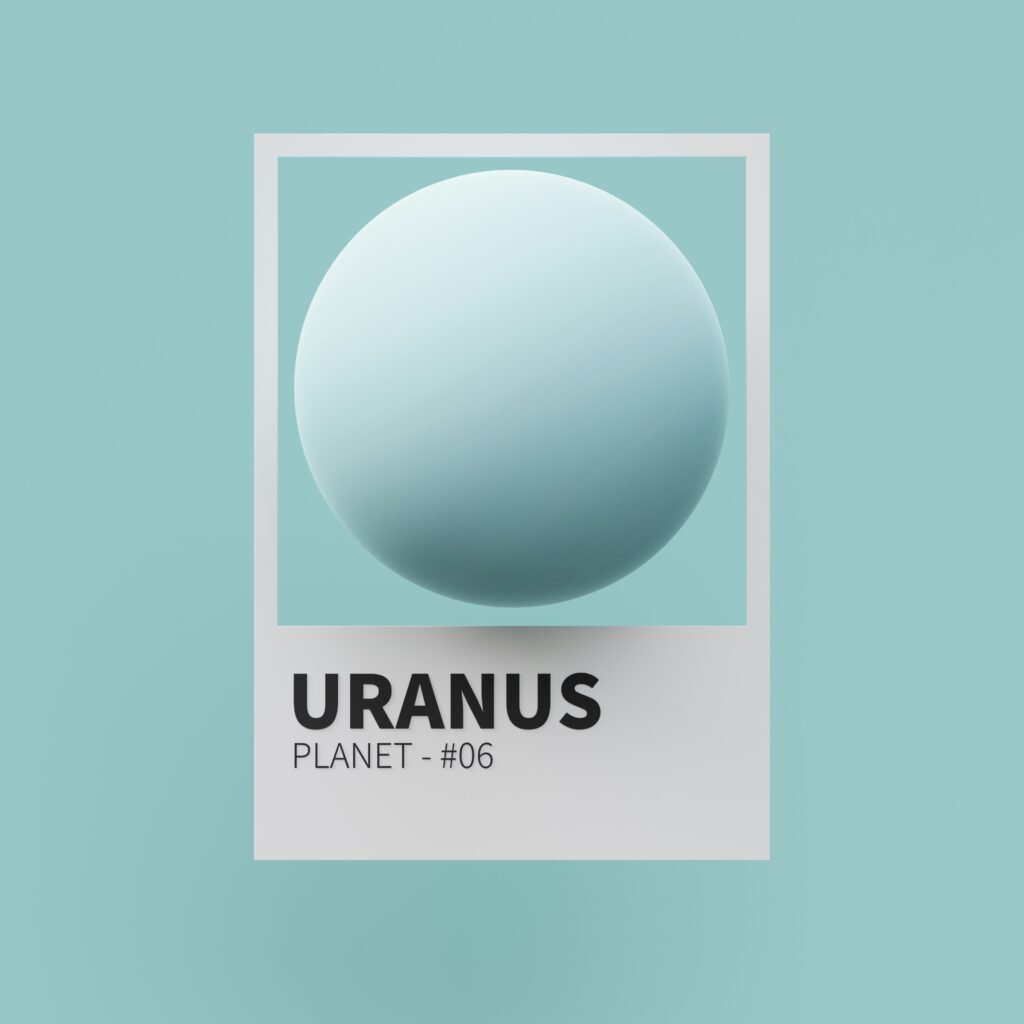
Uranus: The Tilted Ice Giant
- Axial Tilt Anomaly: Uranus, the seventh planet, exhibits an excessive axial tilt of approximately ninety-eight ranges, rotating nearly on its aspect.
- Faint Rings and Moons: Uranus has a gadget of faint earrings and a group of moons, together with Miranda, with its various cratered floors.
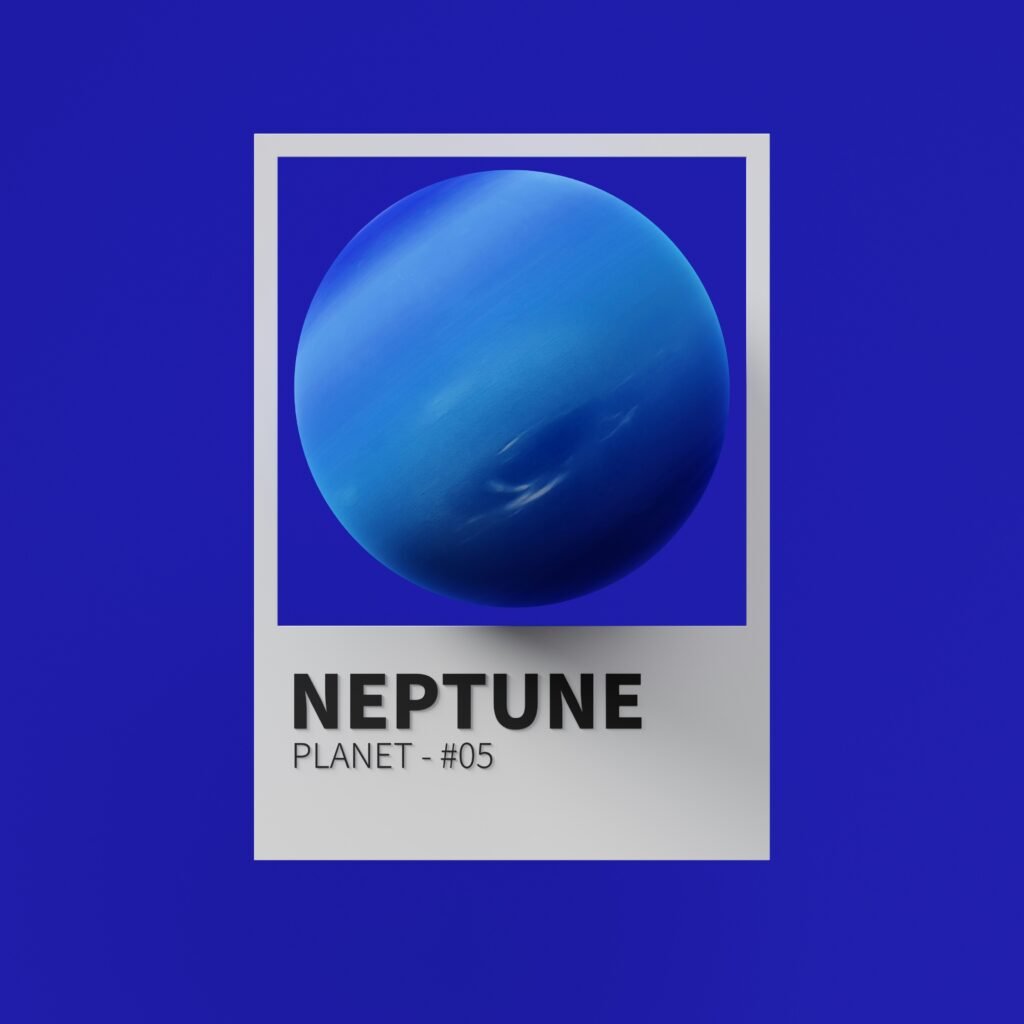
Neptune: The Blue Giant
- Dynamic Atmosphere: Neptune, the eighth and farthest planet, has a dynamic environment with sturdy winds and darkish hurricane systems.
- Fastest Winds: Winds on Neptune can reach speeds of up to,500 miles according to hour (2, four hundred kilometers per hour), the quickest within the sun system.
- Triton: Neptune’s largest moon, Triton, orbits in the contrary direction to the planet’s rotation, probably indicating a seizure from the Kuiper Belt.
Conclusion
The sun gadget, with its numerous array of planets, moons, and different celestial bodies, continues to be a source of fascination and exploration. From the sizzling plains of Venus to the icy depths of Neptune, every planet gives a unique glimpse into the wonders of the cosmos. As the era advances, our expertise of the sun gadget deepens, beginning new avenues for discovery and sparking further interest approximately the mysteries of the universe.
FAQs
Q1: What is the sun machine?
A1: The solar gadget is a gravitationally bound machine of celestial our bodies, such as the Sun, planets, moons, asteroids, and comets, that orbit the Sun.
Q2: How many planets are there inside the solar gadget?
A2: There are 8 recognized planets within the solar system: Mercury, Venus, Earth, Mars, Jupiter, Saturn, Uranus, and Neptune.
Q3: Which planet is the most up-to-date?
A3: Venus is the hottest planet in our solar machine due to its thick environment and extreme greenhouse effect.
Q4: What is precise approximately Uranus’ axial tilt?
A4: Uranus rotates nearly completely on its facet, with an axial tilt of about 98 tiers, in all likelihood the end result of a beyond collision.
Q5: Why is Neptune referred to as the “Blue Giant”?
A5: Neptune’s dynamic ecosystem consists of methane, which absorbs red light and reflects blue light, giving it a blue look.
Q6: What is the Great Red Spot on Jupiter?
A6: The Great Red Spot is a huge hurricane on Jupiter that has been raging for hundreds of years, developing a outstanding function on the planet’s surface.
This exploration of the solar system offers a glimpse into the cosmic wonders that encourage scientists, researchers, and enthusiasts alike. The quest for information about our celestial acquaintances remains an ongoing adventure, with every discovery bringing us toward unlocking the secrets and techniques of the universe.












